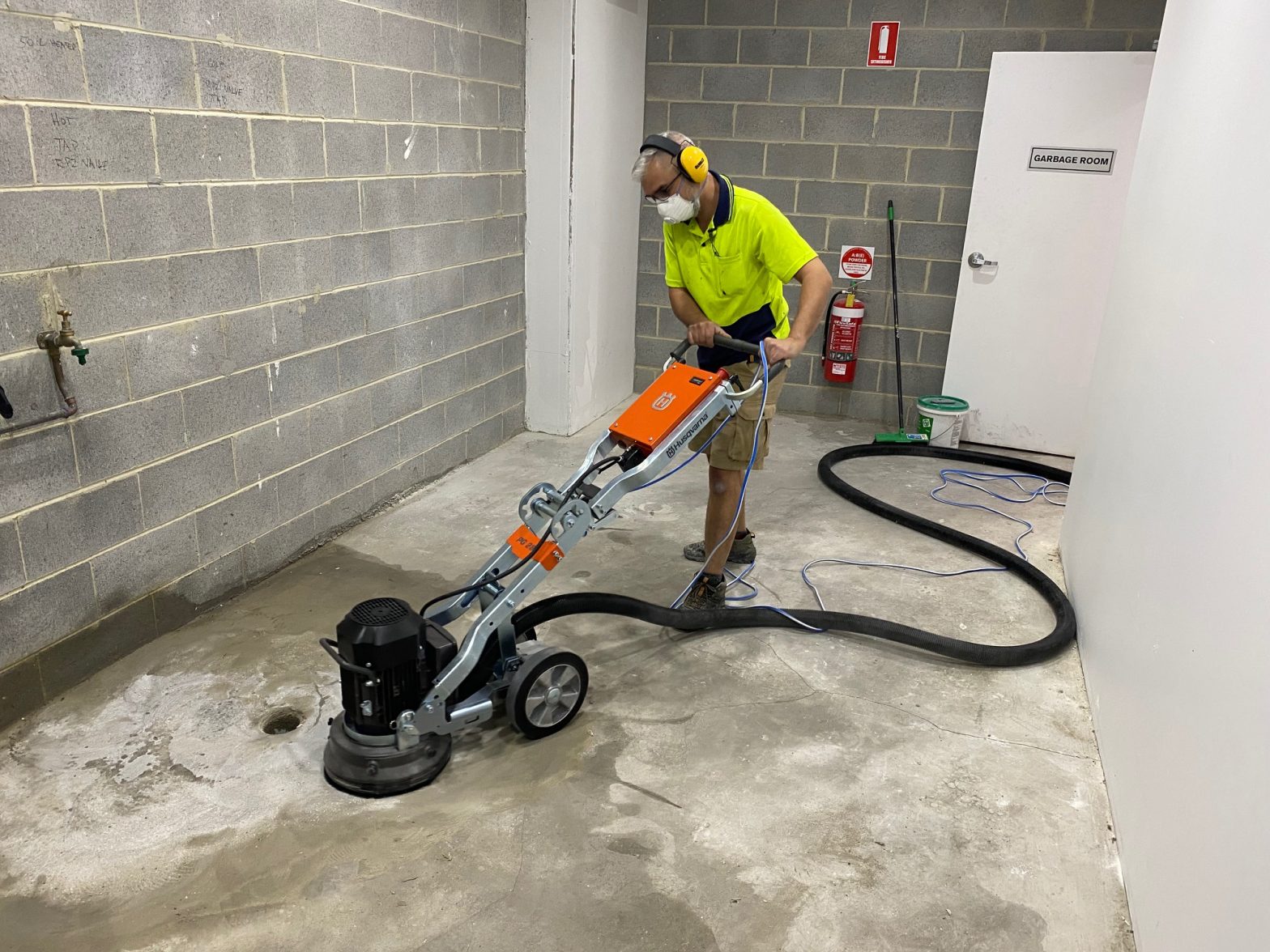Epoxy paints are known for their durability and versatility in various applications, from modern to domestic floors. However, despite its advantageous properties, epoxy paint removal may be necessary. Whether for support or modification, it is essential to understand the discharge cycle and the importance of epoxy paints.
Understanding epoxy paint
Epoxy paints are thermosetting polymers that form a robust bond with the surface after removing the paint. It is commonly used in environments where strength and protection from synthetic materials and abrasion are essential, such as carport floors and modern offices. Its binding solid and protective properties make it an excellent choice for some applications.
Why remove epoxy paint?
1. Maintenance and repair
In the long run, even the most robust coating may need to catch up with the mileage. Epoxy coatings can chip or develop defects if used too often, exposed to inflexible plastics, or not appropriately applied. Removing the old epoxy paint is essential to correct these issues and return the surface to its ideal condition.
2. Surface treatment for renewal
When redesigning or changing a room, removing the current epoxy paint is essential to obtain proper surface performance. Whether applying another layer of epoxy or switching to a different type of decking or finish, removing the old epoxy is essential. It ensures a perfect base for your new application, providing better adhesion and durability.
3. Corrections and adjustments
Mistakes are sometimes made when using epoxy paints that can cause the coating to bend or cause stains. Removal of epoxy will require touch-up and even complete re-application to achieve ideal integrity and serviceability.
How to remove epoxy paint
There are several strategies to eliminate epoxy paint, each with benefits and considerations.
Chemical stripping
Material removal agents include the use of solvents or synthetic compounds to separate the subatomic components of the epoxy coating to facilitate removal. Although this technique is practical, it uses potentially hazardous materials and requires proper ventilation and compliance with safety regulations.
Mechanical grinding or grinding
Mechanical processes like crushing and hammering use abrasives and metal parts to obliterate the epoxy layer. These techniques suit larger surface areas but can generate dust, requiring competent hardware and proficiency.
Application of heat
A heat gun or infrared heater will loosen the epoxy paint, making it more susceptible to rubbing and peeling. This technique is less used in large areas but is more attractive for small segments and individual drugs.
The importance of professional support
Considering the difficulties and subtleties involved in draining epoxy paint, it is often recommended to seek competent help. Competent authorities have the specialized equipment, and basic safety precautions to remove epoxy effectively and safely without damaging hidden surfaces.
Health and Safety Concerns
Health Hazards – Aging or damaged epoxy coatings might release harmful particles or chemicals into the environment, posing health risks to individuals working or residing in those spaces. Removal is necessary to mitigate these health hazards and ensure a safe environment.
Conclusion
Epoxy paint removal is essential for maintaining or repairing surfaces with epoxy coatings. It is critical to comprehend the goal of evacuation and the available technologies to ensure a fruitful rebuilding of the surface. Whether servicing or modifying, the method of removing epoxy paint requires care and skill and often requires professional help for the best results.



